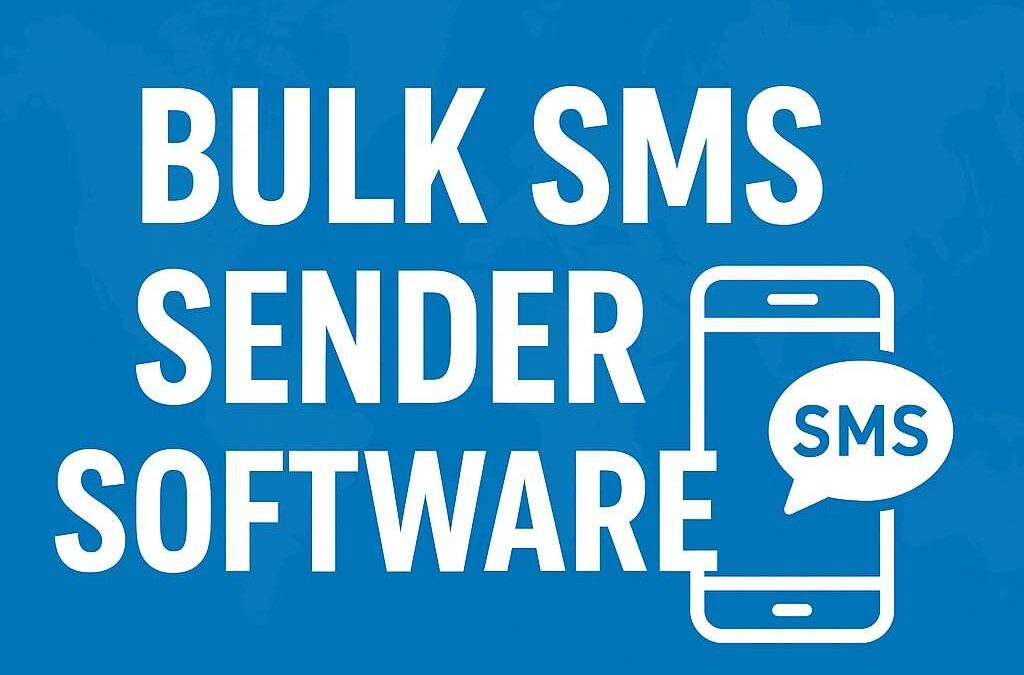The taxi industry is evolving with the advancement of technology. With the increasing reliance on mobile devices, building a taxi booking app has become a major business opportunity. This app connects passengers with nearby drivers, offering convenience, efficiency, and a great user experience. If you are considering creating such an app, this article will guide you through the essential steps involved in building a taxi booking app.
Key Features of a Taxi Booking App
Before diving into the development process, it is crucial to define the key features your app should have. A taxi booking app typically consists of two main sections: the passenger interface and the driver inter
face. Let’s go through the basic features for both:
Passenger Features
Before diving into the key features of a taxi booking app, it’s essential to focus on providing a user-friendly experience for passengers. A seamless interface, quick booking process, and useful tools can ensure a smooth and enjoyable ride. Here are the primary features you should integrate into the passenger side of your app:
-
User Registration/Login: Allow users to create an account or sign in via social media or email.
-
Real-Time Booking: Users should be able to enter their pick-up and drop-off locations and book a ride instantly.
-
Fare Estimation: A fare calculator helps users know the estimated cost of their journey.
-
Ride Tracking: Passengers should be able to track their booked taxi in real-time on a map.
-
Payment Options: Multiple payment methods, such as credit cards, mobile wallets, or cash, should be integrated.
-
Ratings and Reviews: After the trip, users can rate their driver and provide feedback.
-
Push Notifications: Alerts for ride status updates, driver arrival, and promotional offers.
Driver Features
For drivers, the app should offer a straightforward and efficient interface that allows them to manage their rides, track earnings, and stay updated on requests. Here are the key features for the driver side of the app:
-
Driver Registration: Drivers need to register and undergo a verification process before they can accept ride requests.
-
Ride Acceptance: Drivers can accept or reject ride requests based on their availability.
-
Navigation: An integrated GPS helps drivers navigate the best routes.
-
Ride History: Drivers can view their past trips and earnings.
-
Earnings Tracker: An option to track daily and weekly earnings for transparency.
-
Ratings and Reviews: Drivers can also rate passengers and leave feedback.
Admin Panel Features
The admin panel plays a crucial role in managing the overall operations of the taxi booking app. It allows admins to monitor and control user activity, ride status, and business performance. Here are the essential features for the admin panel:
-
User Management: Admins should be able to manage both passenger and driver accounts.
-
Ride Management: Admins should monitor the ride requests, trip status, and payments.
-
Analytics and Reporting: Admins should have access to real-time reports and analytics on the performance of the app.
-
Payment Management: An integrated payment system for handling transactions and payouts to drivers.
-
Driver & Passenger Support: A support system to resolve issues for both passengers and drivers.
Steps to Build a Taxi Booking App
Building a taxi booking app requires technical expertise and a well-organized approach. Let’s break down the process into actionable steps:
1. Market Research and Planning
Before starting development, conduct thorough market research to understand the competition, customer preferences, and potential features that can set your app apart. Decide whether your app will serve a global audience or target a local market, as this will affect your business strategy and features.
2. Choose the Technology Stack
Selecting the right technology stack is essential for the success of your app. For building a mobile app, you will need to decide between:
-
Native vs. Cross-Platform Development: You can either develop the app for specific platforms (iOS, Android) using native development or use cross-platform frameworks like React Native or Flutter for building apps for both platforms simultaneously.
-
Backend Development: Choose backend technologies like Node.js, Python (Django, Flask), or Java (Spring) that are reliable and scalable.
-
Database: SQL databases like PostgreSQL or MySQL are great choices for structured data, while NoSQL databases like MongoDB can be used for handling unstructured data.
-
Real-Time Tracking: For real-time features like ride tracking, technologies like WebSockets or Firebase can be used for instant communication between passengers, drivers, and the server.
-
Payment Gateway Integration: Consider integrating payment gateways like Stripe, PayPal, or Razorpay to handle in-app transactions securely.
3. UI/UX Design
The user interface (UI) and user experience (UX) are critical to the success of your app. Your design should focus on simplicity, ease of use, and ensuring a smooth experience for passengers and drivers alike. Some design tips to consider:
-
Intuitive Interface: Make sure users can easily navigate through the app, book a ride, and track their taxi.
-
Responsive Design: Ensure that your app works well across different devices, including tablets and smartphones.
-
Branding: Choose colors, fonts, and logos that align with your brand identity to create a consistent and recognizable design.
4. Development and Testing
Once your design is ready, the development process begins. This includes:
-
Frontend Development: The passenger and driver interfaces are developed based on the designs, including features such as ride requests, navigation, and payment systems.
-
Backend Development: The backend manages databases, handles ride requests, processes payments, and integrates real-time tracking.
-
API Integration: Integrate third-party APIs like Google Maps for navigation, payment APIs, and SMS APIs for ride updates.
-
Testing: Test the app on various devices and screen sizes to ensure it is free from bugs and functions correctly.
5. Deploy the App
Once your app is fully developed and tested, it’s time to deploy it on app stores. You need to submit your app to the Apple App Store and Google Play Store, ensuring it meets all their guidelines and requirements. After submission, your app will undergo a review process before being published.
6. Post-Launch Support and Maintenance
After launching your app, ongoing maintenance is essential to fix any bugs, address performance issues, and keep your app up-to-date. Consider offering continuous improvements and adding new features based on user feedback. This could include:
-
Adding new payment methods
-
Expanding geographic coverage
-
Improving driver-passenger matching algorithms
-
Optimizing ride tracking accuracy
Monetization Strategies for Your Taxi Booking App
There are various ways to monetize a taxi booking app. Here are a few popular strategies:
1. Ride Commission
One of the most common ways to make money is by taking a commission from every ride booked through your app. Typically, the commission ranges from 10% to 30% of the total fare.
2. Surge Pricing
Implement surge pricing during peak hours or in high-demand areas. This allows you to increase fare rates when demand is high, providing an opportunity to earn more revenue.
3. Subscription Model
Offer subscription plans to frequent passengers or drivers. For example, a driver might pay a monthly fee to access more ride requests, or passengers might get discounts for using the app regularly.
4. Advertising
You can include in-app advertisements from third-party services. These ads can be in the form of banners or videos displayed during the ride booking process.
Challenges in Building a Taxi Booking App
Building a taxi booking app comes with its challenges. Some of the major challenges include:
-
Managing Traffic: Handling the large number of users and drivers on the platform without compromising the app’s performance.
-
Safety and Security: Ensuring both drivers and passengers feel safe. This involves implementing background checks, GPS tracking, and emergency features.
-
Regulatory Compliance: Taxi booking apps must comply with local transportation laws, which may differ from one region to another.
Conclusion
Building a taxi booking app requires careful planning, a strong technical team, and an eye for market trends. By focusing on the key features, choosing the right technology stack, and offering a seamless user experience, you can create a successful app that meets the needs of both passengers and drivers. Keep in mind that post-launch support and constant updates are key to maintaining the app’s success in the competitive market.







0 Comments